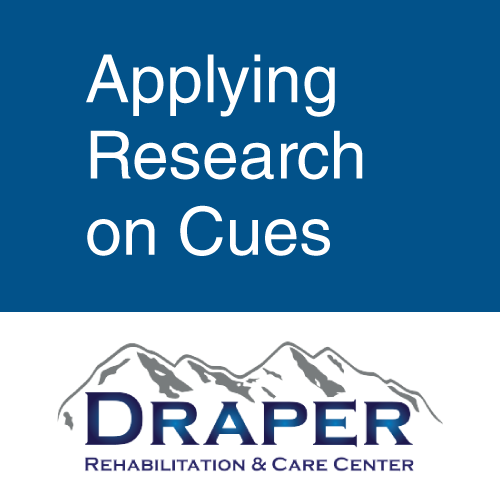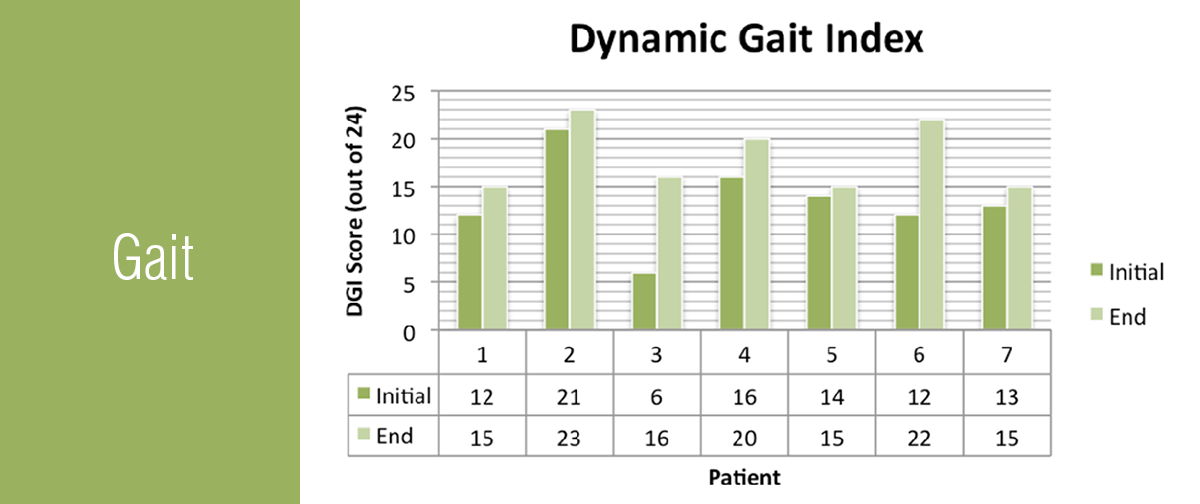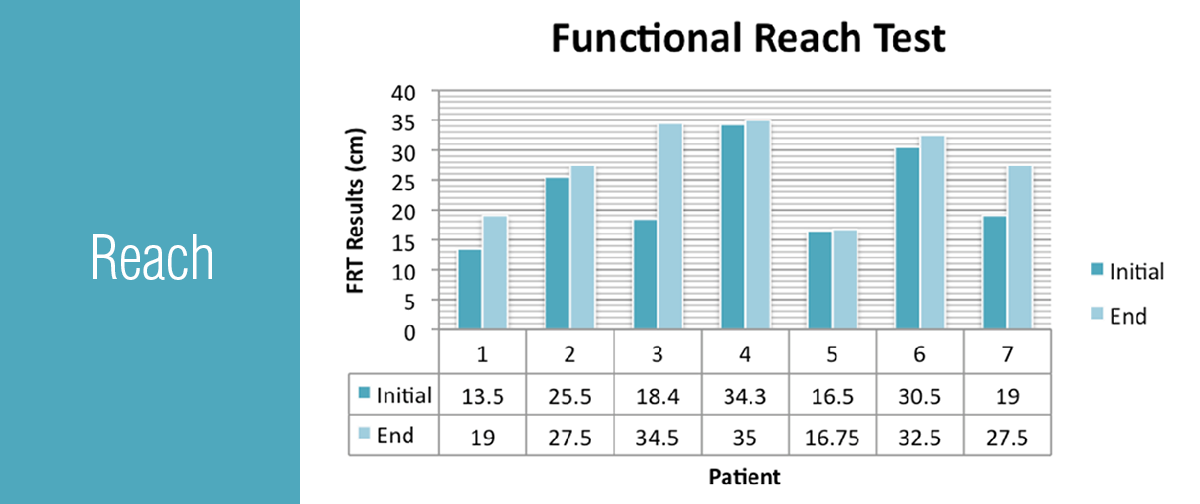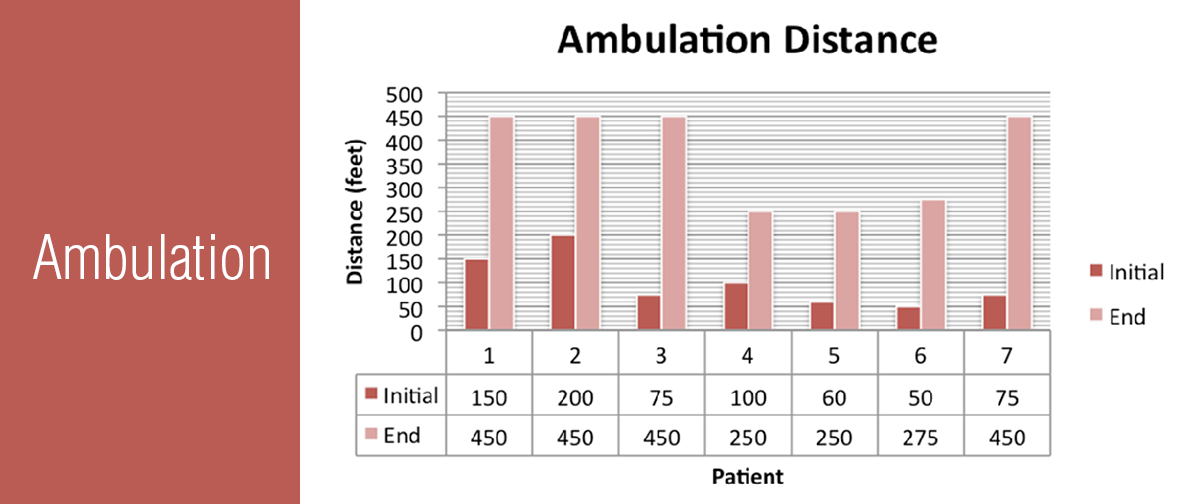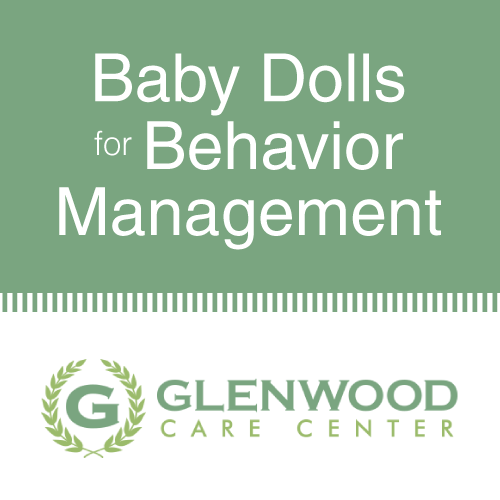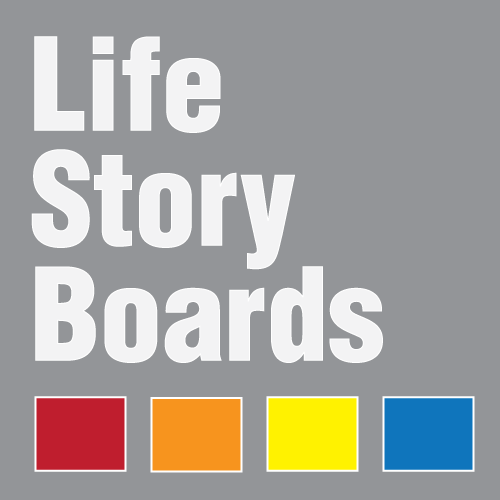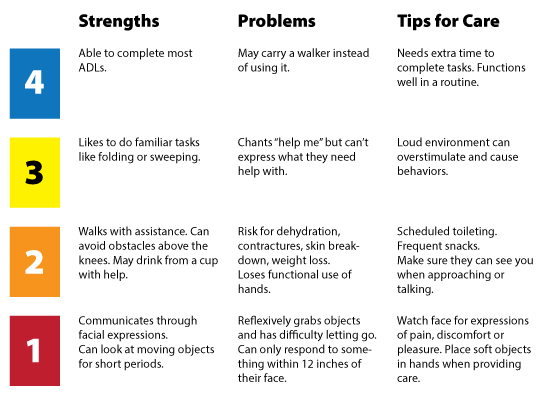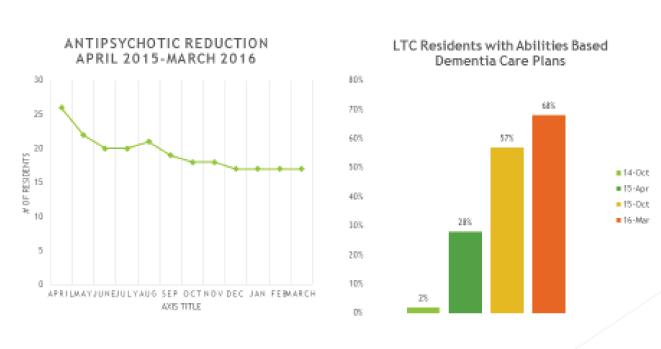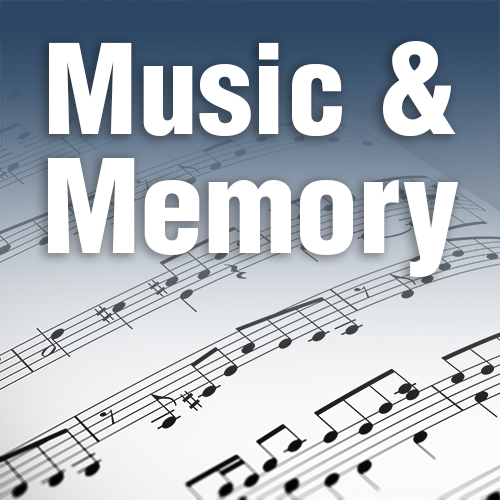Mark (name changed), a 66-year-old male, presented at Coral Desert Rehab with pneumonia, COPD, diabetes mellitus, hypertension, and most notably, bilateral BKA. He had previously been admitted to an acute hospital following surgery resulting in L BKA, but he checked back into the hospital after coming down with pneumonia, after which he came to Coral Desert.
In his initial evaluation, physical therapists noted the patient’s goal to return to living independently with functional transfers and household ambulation and noted his “good rehab potential.” The task ahead was monumental, as the patient had fallen twice in the last year, was unable to complete any functional tests or measures, and was Max-to-Mod Assist on all transfers.
Treatment
Initial treatment focused on regaining ROM and strength in the patient’s LEs, transfer training, UE strengthening and core stability. While the patient was highly involved and motivated in his rehabilitation, at one week of treatment, he was unable to make any progress on any short-term goals.
Oxygen saturation, dyspnea upon exertion and overall weakness remained serious barriers to progress, and the patient still required Mod-Max Assists for most transfers. After having been treated for just over a month, while a few of his transfer levels had gone from Mod to Min Assist, the patient’s inability to ambulate limited any further progression and visibly frustrated the patient.
Turning Point
Four weeks after being admitted to Coral Desert, the patient’s lead physical therapist brainstormed an idea to get the patient spending more time upright and headed toward ambulation. The patient stood in parallel bars upright on his RLE and his LLE on a stool. This was progressed to having the patient ambulate within the bars, sliding the stool along with him. Then, the stool was replaced by a knee caddy placed backward to support the LLE.
Once the patient adjusted to this new setup, he progressed to ambulating outside of the parallel bars with the knee caddy facing forward and therapists guarding both sides. The patient loved being upright and the feeling of walking again, and it seemed to lift his spirits greatly.
Carpe Ambulation
After six weeks at Coral Desert, the patient’s doctor had expressed that the patient just wasn’t strong enough and that plans for a second prosthesis should not be followed as the patient wouldn’t be able to walk.
However, the patient was dedicated during rehab sessions and even put in extra time after-hours. Soon, he was able to show off his progress while ambulating with the knee caddy while representatives from a prosthetics company observed. He impressed them enough that plans to get his second prosthesis were put in place. Within several days, a temporary prosthetic was being fitted.
Conclusion
Throughout treatment, clinical expertise and results implied that the patient would struggle given the opportunity to not only perform a sit-to-stand transfer, but also ambulate with both prosthetics. However, once the prosthetic was on, Mark not only stood up with only CGA, but also proceeded to walk on both prosthetics much better than expected for 50 feet, with a therapist only occasionally giving a Min-Assist and mostly just Contact-Guard Assist.
In the following sessions, Mark also began training to step up one step, weight-shift between his legs, and continue increasing his ambulation distance. Although Mark still has impairments to overcome, his progression increased exponentially upon spending more time upright. This has not only allowed his strength and functional mobility to greatly increase, but has led to his prognosis to eventually return home as well. Mark’s story is an amazing example of the power of both physical therapy and of giving people a chance.
[include graphic of the timeline for patient]
Submitted by Coral Desert Rehabilitation, St. George, UT
